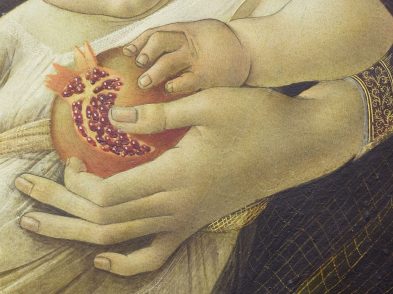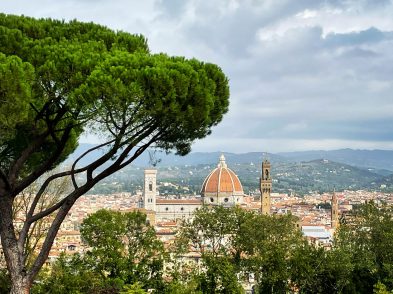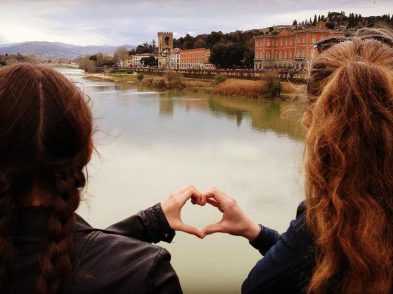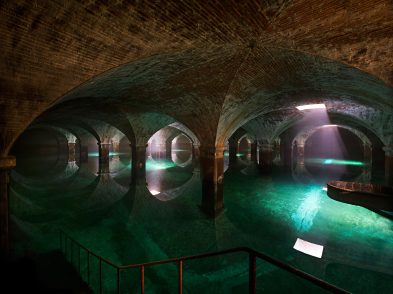When we returned home to the United States after our four-month stay, I gushed effusively about Florence.
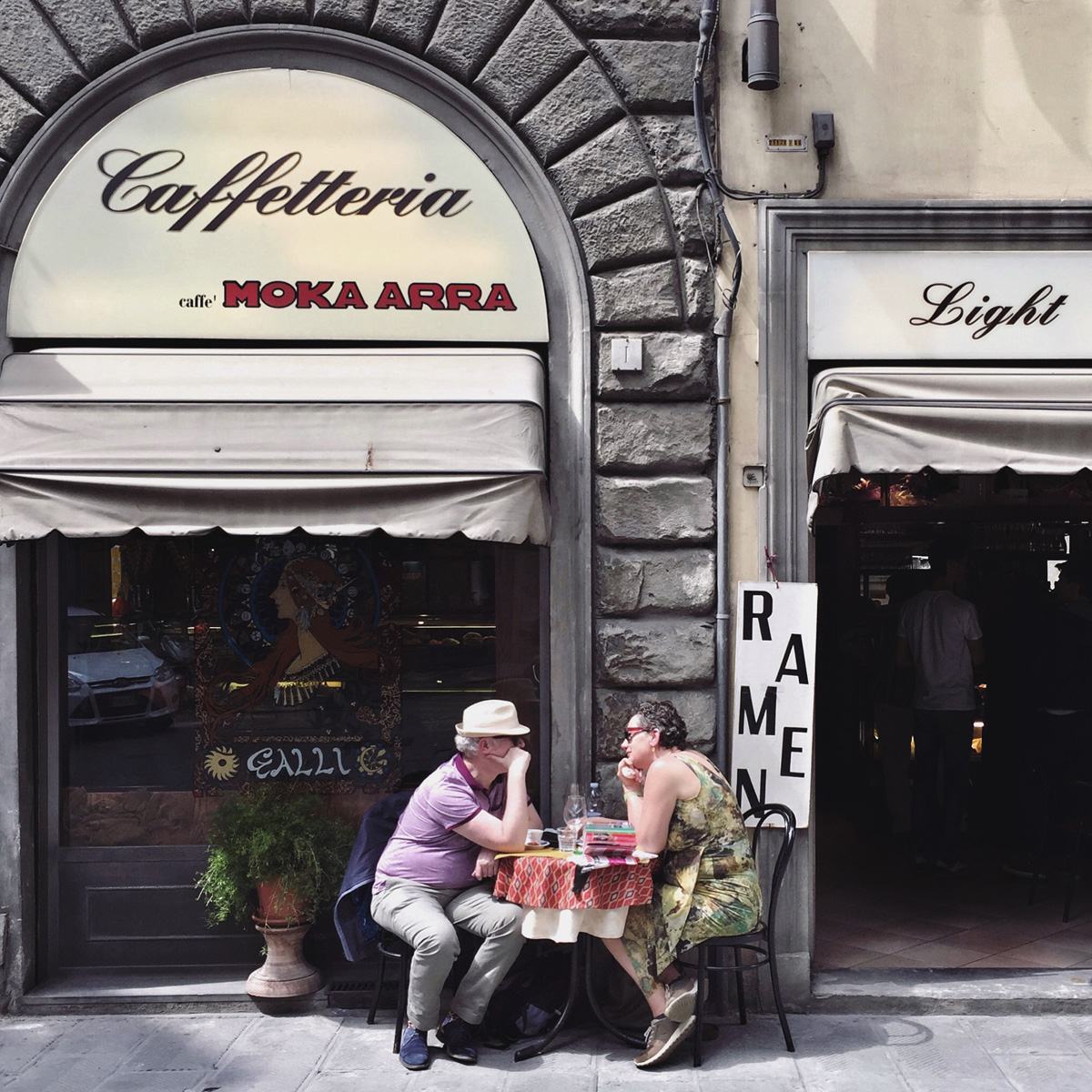
Cafe’ customs / ph. 2016 Marco Badiani / The Florentine
Everyone asked what I enjoyed so much about it. I said that it was the feeling of being bathed constantly in the reflections of rust-colored rooftops and blue Tuscan sky, the majestic billowy clouds over the Arno and the inspirational symbols and artifacts of the Renaissance everywhere. It was living within footsteps of piazza della Signoria and being able to go to the Uffizi, Accademia, Bargello and other museums whenever we wanted. It was catching glimpses of the Duomo from alleyways and street corners, and my view of it from my office window on via Roma, where it seemed I could reach out and touch it. It was hearing the bells of Giotto’s campanile echoing through the streets in the early hours of the morning as I was waking. It was the food, wine, gelato and ever-present musicians and artists performing in the piazzas. It was the unannounced parades filled with Florentine and medieval pageantry outside our apartment window.
It wasn’t until a few weeks after our return, though, that I realized what we also love dearly and perhaps miss most about living in Florence: the norms, rituals and routines of everyday life. Stepping up to the bar and ordering un caffé normale (what North Americans would consider espresso) and a cornetto vuoto or con cioccolato (plain croissant or with Nutella) at Coronas Cafè or Robiglio made us feel like authentic Florence dwellers. A simple lunch often found us among the crowds having panini and drinking a glass of wine on the curbside near I Due Fratellini or at All’Antico Vinaio. On Wednesdays I went to I Maledetti Toscani on via dei Cerchi to grab a panino made with fresh pork. Buying fruit and vegetables almost daily across the street at Mauro Frutta Primizie was a sensuous experience of color, touch, smell and taste accompanied by friendly conversation with Daniela, the proprietor, who greeted us with a smile and treated us as regular customers.
Reading extensive restaurant menus consisting of antipasti, primi piatti, secondi, contorni and dolci reminded us not only of the Italian appreciation of food but also of the importance of slowing down and spending more time with each other, as did the afternoon siesta when shops in the periphery closed for a few hours. Many late afternoons we’d meet friends for an aperitivo at Colle Bereto in piazza Strozzi or at the Oltrarno’s Dolce Vita in piazza del Carmine. Strangely enough, we also miss the custom of paying a coperto in restaurants as it eliminated the indelicacies of tipping.
Daily routines extended well beyond food. Kissing friends and acquaintances on both cheeks or saying buona giornata (have a nice day) and anche a Lei (same to you) when leaving a shop reminded us about the Italian value of human association and community. Rolling up the bottom of your jeans, leaving your shirt untucked and men sporting five-day beards signaled to us that there’s even an art to being casual. Wearing a scarf, tied in so many configurations, when the temperature drops below 70 degrees is not simply a matter of keeping warm but a symbol of the pride in personal appearance that Italians embrace. These and many more daily routines created an indelible imprint on our hearts and souls.
Most daily routines and rituals have roots in tradition. Sociologist Edward Shils (1910–95) defined tradition as anything that is transmitted or handed down from the past to the present. Florence’s traditions are interwoven with the social institutions of family, religion and arts and leisure, among others. When we participated in daily routines and rituals, no matter how seemingly trivial, we connected with Florence’s history. German sociologist Max Weber (1864–1920) characterized tradition as “the power of the eternal yesterday”. Although he was theorizing mostly about how leaders maintain power, tradition also exerts power over our everyday actions. Indeed, even many of my most nonconformist friends and relatives who said they would not be swayed by Italian norms left Florence sporting five-day beards, skinny jeans, form-fitting shirts and shoes more stylish than they would care to admit, kissing acquaintances on both cheeks and being able to configure scarves in multiple ways. They weren’t simply conforming to inconsequential norms. They were connecting to meaningful traditions rooted in family, religion, arts and leisure.
Traditions are present in norms, rituals and routines of everyday life everywhere in the world. But Florence is unique because of the inescapable, ubiquitous presence of the late Middle Ages and the Renaissance and because of its intimate topography. Florence envelops you like a quilt—its traditions, routines and rituals are the patchwork. So, you are not just wearing a scarf proudly or being friendly when you kiss someone on both cheeks; you are connecting to Florence’s “eternal yesterday”.


